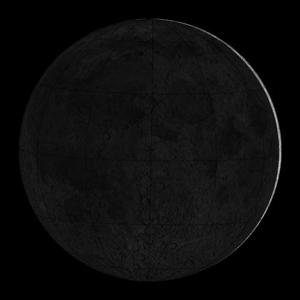Phases of the Moon
So Science Fairy you know why some people believe all these myths about the moon. Like turning into werewolves and stuff, is that really true? Science Fairy: You've heard same thing over and over again. There's a man in the moon. It's made of cheese and it inspires love. People will turn into werewolves and stuff.
Since the beginning of human history, civilizations around the world have been bewitched by Earth's nearest neighbor, making up myths linking the moon to everything from the human life to the rhythms of nature. Aaaahhh I see now.
Even now that science has shown us that it's no more mysterious than anything else we can reach out and touch, surveys indicate that people can't shake superstition. Nurses blame a full moon for more chaos and incoming patients. Police have linked full moons to aggressive behavior. I don't know why people act so weird during a full moon. I mean is doesn't man anything its just a full moon.
Well the moon doesn't just stay a full moon all the time. It goes through a series of phases.
There are waxing phases and waning phases. Waxing means the moon is growing. Waning means it is getting smaller. Here are the phases of the moon. A new moon is when the moon is between the earth and the sun and we can't see it because the lit half is facing the sun. A Waxing crescent is when you can see a thin slice of the moon. The first quarter phase is when you can see half of the moon. A full moon is when you can see the whole entire moon. Thise were the waxing phases now here aer the waning phases. The waning gibbous is when you can you half the moon this is the third quarter phase. Then comes the waning crescent this when you can only a slice of the moon just before the new moon comes and the cycle starts all over again. Science Fairy: Yep those are all phases of the moon.
Well Science Fairy can you tell why we don't get eclipses every month? Science Fairy: A lunar eclipse occurs when the Moon enters the Earth's shadow. A solar eclipse occurs when the Moon's shadow falls on the Earth. They do not happen every month because the Earth's orbit around the sun is not in the same plane as the Moon's orbit around the Earth.
One half of the moon is always lit by the sun even when the moon is going through phases the side that faces the sun is always lit. As the moon goes through phases we see more of the moon the we see less of moon as it goes through it's phases.
To help you understand the phases better here are some pictures.
New moon

Waxing Crescent















